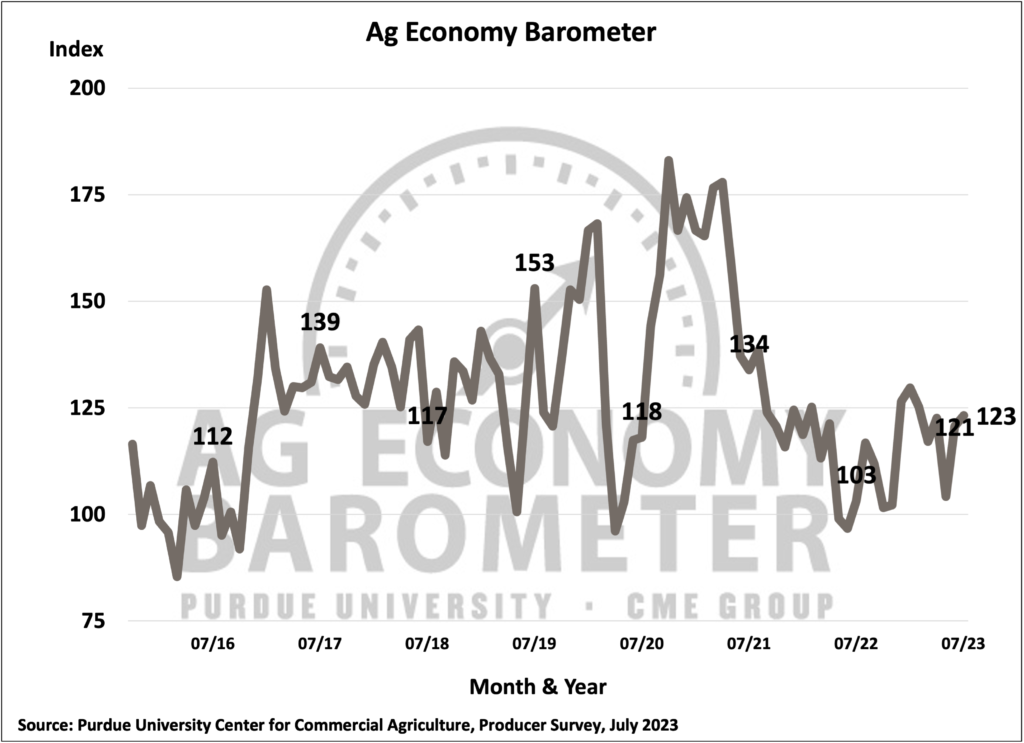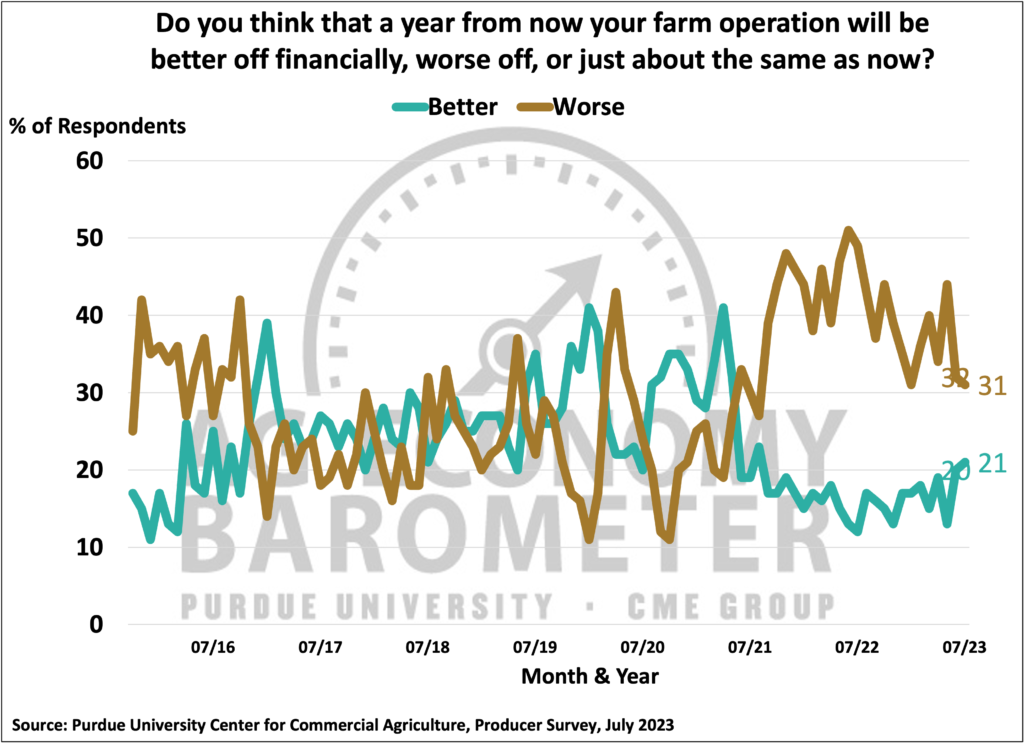
On April 9, 2025, the Ohio House of Representatives passed its version of the state’s biennial budget, also known as House Bill 96, which introduces substantial revisions to Ohio’s pesticide application laws. These updates aim to bring the state into closer alignment with current federal regulations and carry significant implications—particularly for family farms that involve youth workers. As the school year ends and more minors begin working regularly on farms, the timing of these proposed changes raises concerns about how they may limit the roles young people can legally perform—especially when it comes to pesticide-related tasks.
Changes on the Horizon?
One of the most notable changes is the proposed restriction that only licensed commercial or private pesticide applicators may “use” Restricted Use Pesticides (“RUPs”). This would eliminate the previous allowance for trained service persons, immediate family members, or employees to apply RUPs under the direct supervision of a licensed applicator.
Additionally, House Bill 96 expands the definition of “use” of RUPs to include not only the act of application but also:
- Pre-application activities such as mixing and loading;
- The application itself, performed by a licensed commercial or private applicator;
- Other pesticide-related tasks, including transporting or storing opened containers, cleaning equipment, and disposing of leftover pesticides, spray mixtures, rinse water, containers, or any materials containing pesticides.
The bill makes clear that no individual may use RUPs unless they are properly licensed under Ohio law, reinforcing the importance of formal certification for anyone involved in pesticide handling.
What Does this Mean for Youth on the Farm?
Under current Ohio law, immediate family members—including minors—are permitted to apply RUPs as long as they are under the direct supervision of a licensed applicator. For years, agricultural families have relied on this exemption to allow youth to assist with farm duties involving pesticide use. However, the proposed changes in House Bill 96 would eliminate this exception by requiring that anyone handling RUPs be individually licensed. Because Ohio law mandates that pesticide applicators be at least 18 years old, minors would no longer be permitted to perform any pesticide-related tasks, even under direct supervision. Of course, this provision is not just geared toward youth on the farm—it also affects employees and trained service persons who previously operated under a licensed applicator’s supervision. If the proposed changes go through, a violation of the law could result in significant civil penalties.
Given the proposed changes in House Bill 96, it’s an appropriate time to take a broader look at the full range of youth labor regulations that apply to farm work. While pesticide use is just one area impacted by legal restrictions, there are numerous federal and state laws that govern what tasks minors can perform, what equipment they can operate, and how many hours they can legally work—especially during the school year versus summer months. These rules can vary based on the age of the minor and their relationship to the farm owner. With regulatory changes potentially tightening in one area, it’s essential for farm families and employers to ensure they are in compliance across the board to avoid penalties and ensure safe, lawful participation of youth in agricultural work. Read more about employing youth on the farm here.
Next Steps
Farm families and employers should begin preparing for the upcoming changes to Ohio’s pesticide rules. While these changes aren’t law yet—they won’t take effect until the Governor signs the bill—they are needed to align Ohio’s regulations with federal law. If Ohio wants to keep its authority to enforce the Federal Insecticide, Fungicide, and Rodenticide Act (“FIFRA”), these updates are a forgone conclusion.
To review the specific pesticide-related provisions in House Bill 96, begin on page 903 of the bill text. Alternatively, for an overview of the proposed budget and potential changes, you can consult the summary prepared by the Ohio Legislative Service Commission.
 Federal lawmakers have once again sparked debate over increasing the federal minimum wage, which has remained at $7.25 per hour since 2009. While many farmworkers are exempt from the federal minimum wage under the Fair Labor Standards Act (“FLSA”), a potential increase could still create significant ripple effects throughout the agricultural sector.
Federal lawmakers have once again sparked debate over increasing the federal minimum wage, which has remained at $7.25 per hour since 2009. While many farmworkers are exempt from the federal minimum wage under the Fair Labor Standards Act (“FLSA”), a potential increase could still create significant ripple effects throughout the agricultural sector.



 The U.S. Department of Labor (“DOL”) has introduced a new independent contractor rule, aiming to provide clarity and guidance for both employers and workers. The classification of workers as employees or independent contractors has become increasingly complex in recent years, resembling an endless carousel ride for many businesses, particularly those in the agricultural sector that frequently hire part-time and seasonal help. The DOL’s new rule, published under the Fair Labor Standards Act of 1938 (“FLSA”), seeks to put an end to this perpetual uncertainty surrounding worker classification once and for all.
The U.S. Department of Labor (“DOL”) has introduced a new independent contractor rule, aiming to provide clarity and guidance for both employers and workers. The classification of workers as employees or independent contractors has become increasingly complex in recent years, resembling an endless carousel ride for many businesses, particularly those in the agricultural sector that frequently hire part-time and seasonal help. The DOL’s new rule, published under the Fair Labor Standards Act of 1938 (“FLSA”), seeks to put an end to this perpetual uncertainty surrounding worker classification once and for all.



 The continued increase in size of tractors, combines, and other machinery has enabled farms to operate more acres and reduce labor use per acre. However, this increase in machinery size also makes it increasingly important to evaluate the efficient use of machinery. This article will discuss machinery cost and investment benchmarks, and illustrate the computation of crop machinery cost and investment for a case farm in west central Indiana.
The continued increase in size of tractors, combines, and other machinery has enabled farms to operate more acres and reduce labor use per acre. However, this increase in machinery size also makes it increasingly important to evaluate the efficient use of machinery. This article will discuss machinery cost and investment benchmarks, and illustrate the computation of crop machinery cost and investment for a case farm in west central Indiana.